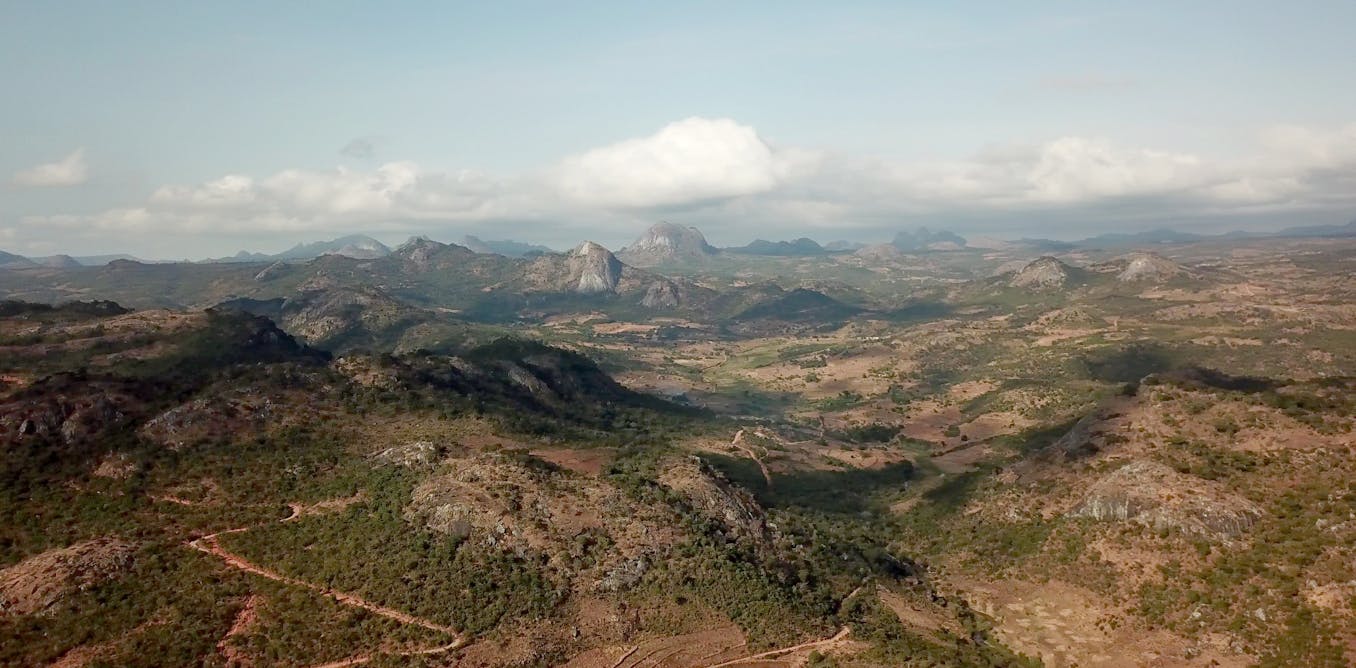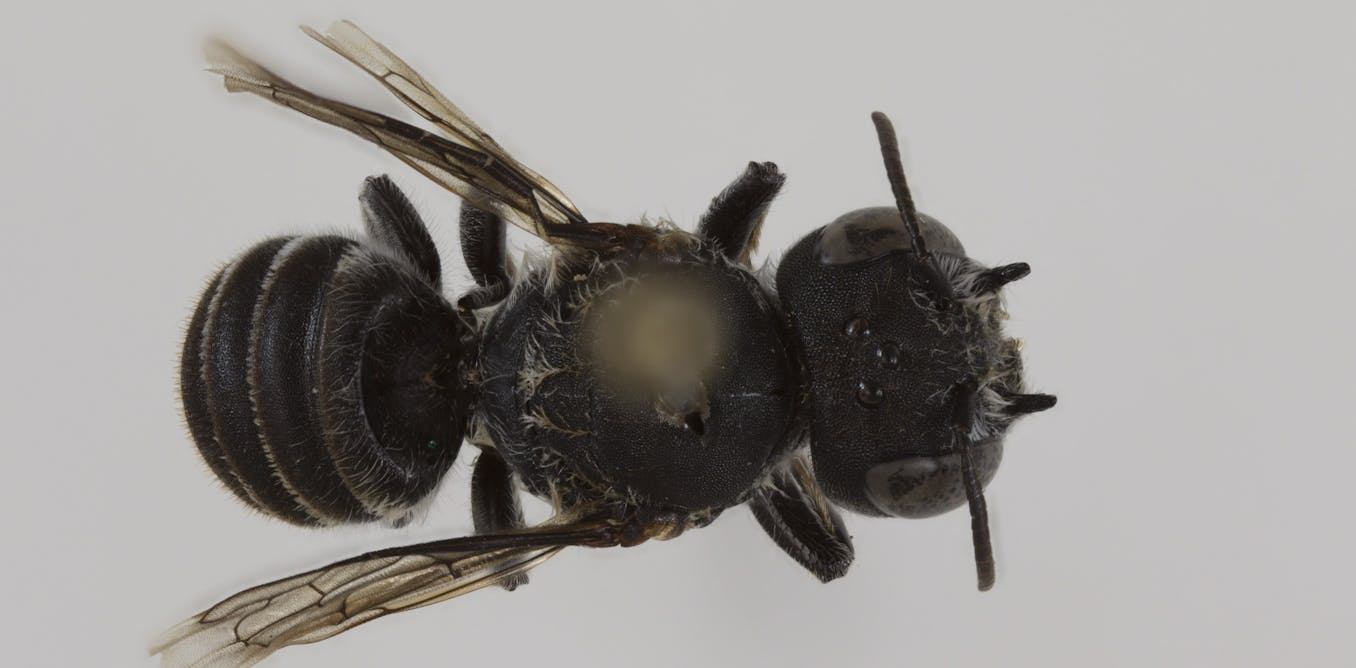Vincent Van Gogh’s iconic painting, “Starry Night,” has always captivated viewers with its swirling clouds and bright stars. Now, a new study has found that the unique patterns in the night sky depicted in the painting align with current models of atmospheric turbulence.
Researchers from the California Institute of Technology and the National Gallery of Art in Washington, D.C. used computer simulations to analyze the patterns of turbulence in Van Gogh’s masterpiece. They found that the swirling shapes and dynamic motion of the stars and clouds closely resemble the complex patterns of turbulence seen in nature.
According to the study, published in the journal “PLOS ONE,” the intricate details in “Starry Night” are consistent with the mathematical formulations used to describe turbulence in the atmosphere. This suggests that Van Gogh may have inadvertently captured the essence of turbulence in his artwork, despite the fact that he had no formal training in science or mathematics.
The findings shed light on the intersection of art and science, showing how a 19th-century artist’s interpretation of the night sky can align with modern theories of physics. This discovery adds a new dimension to the appreciation of Van Gogh’s work, highlighting his unique ability to capture the beauty and complexity of the natural world.
As art and science continue to converge in unexpected ways, studies like this one offer a fresh perspective on the artistic genius of figures like Vincent Van Gogh. The mystery and wonder of “Starry Night” only deepens as researchers uncover new connections between art and the natural world.
Watch the video by NBC News
Video “New research finds Van Gogh’s ‘Starry Night’ skies align with physics” was uploaded on 09/20/2024 to Youtube Channel NBC News




































https://youtube.com/shorts/JzPaPnm3piw?si=Rh6b80174v93_IOg
100% a coincidence but still very cool.
Excellent story on a well known art masterpiece.
an update on something legendary…. ill take it
😱 Who would have thought Van Gogh would look at the stars while painting them! 🎨
THIS ISN'T NEW! It was studied and demonstrated in 2004 by physicists in the UNAM university in Mexico. Look it up!
People are just desperate to associate things to make it in the news
Think too much.
Goldberg Goldberg Goldberg lol
Salvador Dali painted "The Discovery of America by Christopher Columbus" in 1959. Ten years later, when Apollo 11 landed on the moon, an art reporter called him and asked if his painting actually intended to anticipate the lunar landing. Dali, ever the prankster, led the reporter to believe, yes, that was exactly his intention.
I'm glad this astrophysicist was able to manufacture his own personal interpretation of "Starry Night." No doubt Dali would have been amused, although I imagine Van Gogh would have just filed it away with other interpretations of the work, including a depiction of the Book of Revelation, a hallucinatory reflection of his deteriorating state of mind, and even a woman in pain during childbirth.
Davis Sharon Hernandez Jose Rodriguez Frank
I had at least one relative that was, alive who was originally, from France. It was generally thought by people during the 19th century that, he was actually painting an actual weather event. More specifically that he was painting an unusually windy, windy night.
The scientists have been set free🤍🪽🔑
It is called the" Mistral" wind…in the South of France
Such an absurd bs story to attract national—and international—news coverage. His grasp of art and art history is minimal at best, yet he took it upon himself to investigate the painting for some imagined "hidden" scientific relevance. I listened to the whole thing and didn't really get what this research was about.
Sooo… an artist observed the world around him and incorporated that into his paintings. Remarkable.
Van Gogh, the madlad